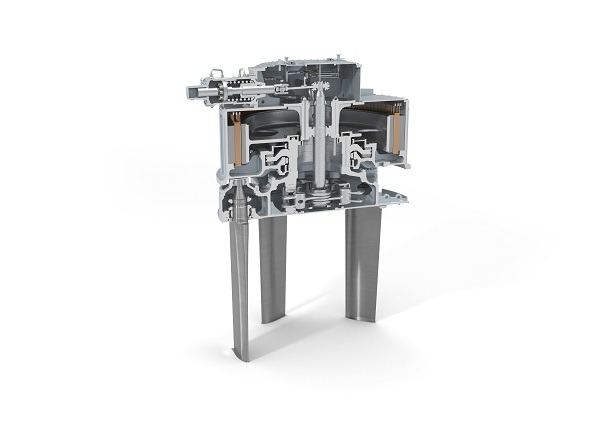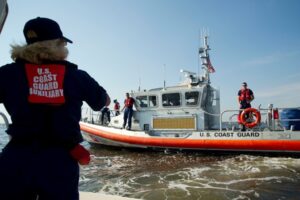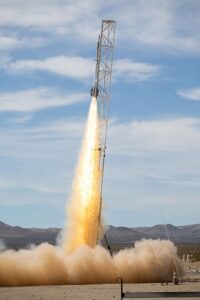VSP’s low magnetic signature and low noise emission help to protect ships and crews
In response to a series of incidents between October 2023 and December 2024 in which parts of the critical underwater infrastructure (CUI) in the Baltic Sea were attacked, NATO launched the “Baltic Sentry” mission. The objective of this mission is to protect CUI facilities from attack. A central element of this involves mine countermeasure vessels (MCMVs) from various NATO member states. For example, the Estonian Navy has deployed the ENS Sakala, a ship of the Admiral Cowan class. Driven by two Voith Schneider Propellers (VSPs), this proven drive concept enables this MCMV to carry out its complex tasks with maximum efficiency and precision. This is because the VSP is not only used for propulsion but also facilitates exceptionally precise steering of the ship with lightning-fast course changes.
The Estonian Navy is not the only entity relying on the special properties of the VSP for its MCMVs. Other fleets around the Baltic Sea also utilize this Voith technology, which has been tried and tested in many civilian and military applications. Employed on ships of the Kormoran class in Poland, on those of the Katanpää class in Finland, and in the Landsort class in Sweden, each of these units has been increasingly involved in protecting the CUI in the Baltic Sea in recent years.
This is because MCMVs are particularly well suited to monitoring the increasingly dense network of pipelines and communication and supply lines on and under the seabed. The standard equipment on these ships includes sensitive sonar equipment, sensors, cameras, and remotely operated vehicles (ROVs). Explosive Ordnance Disposal (EOD) divers are often on board as well. These are all tools that can be used to obtain precise and meaningful information about the condition of the CUI and the surrounding seabed. For such reconnaissance work, it is crucial for the ship to maintain its position as accurately as possible even in rough seas – a task in which the VSP plays a central role. Thanks to its outstanding performance in dynamic positioning, it has proven to be superior to other comparable drive systems in practical test series, such as during operations in the often rough and stormy North Sea.
The pipeline network on the seabed of the Baltic Sea has been growing continuously for years – partly as a result of the accelerated transition to renewable energy. Only a few weeks ago, Poland announced its plans to connect the first domestic offshore wind farm to the grid in 2027: “Baltica 2.” From its location west of the Bay of Gdansk, the distance to the coast of the Russian oblast of Kaliningrad is only around 85 nautical miles. Protecting this sensitive energy supply will also be the task of the Polish MCMVs of the Kormoran class.
In the event that further, even more aggressive actions arise, another advantage of the VSP comes to the fore: its extremely low magnetic signature. This reduces the risk of MCMVs being targeted and severely damaged by magnetically triggered mines. Therefore, the overall construction of MCMVs is also designed to be as anti-magnetic as possible. Moreover, thanks to the low noise level of the VSP, the ship is difficult to detect by acoustic mines. The Voith propulsion system therefore significantly enhances the safety of the ship and its crew.







